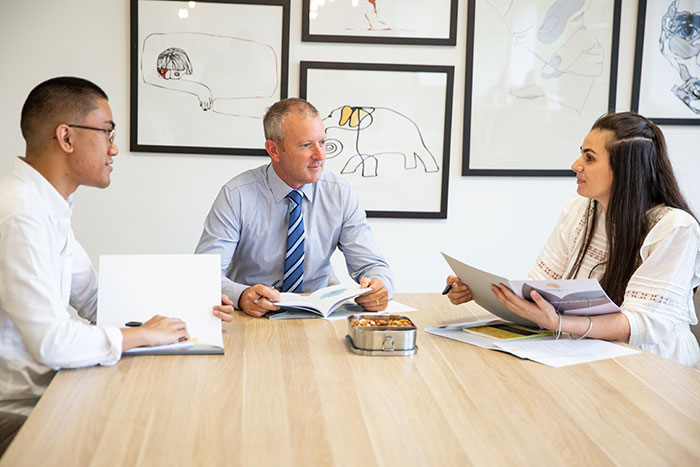Getting back to Normal
Our global society is collectively experiencing a health pandemic with a tsunami of economic and social consequences. There is a strong desire by many to get life back to normal. Today I had a client predict that within a week or so their large organisation will ‘be back to normal’. Despite some movements towards the easing of physical distancing restrictions, the desire to ‘get back to normal’, whilst understandable, is not reasonable.
The predictions from many medical experts is that we’re currently working through (or coming out the other side of) the first wave of infections, but that there is at least a second wave to come. A return to normal could undo the work that has been done to flatten this first curve. Beyond the infection risks of returning to normal, there are mental health and relational risks.
Organisations and employees were forced to quickly adapt to the restrictions, some losing jobs, some businesses and jobs going into hibernation, and many employees adapting to working from home, some while juggling children who were also kept home. If an organisation had tried to design and implement such a significant change program as to get all employees working from home, it would have been a 2-year planning process involving thousands of meetings and layers of contingencies plans. Yet many organisations and employees managed it in under two weeks. The notion that the trust these employees placed in their leaders to recalibrate their working conditions, and in some cases, upend their lives, would be repaid with a push to return to normal, risks ignoring the investment and benefits employees have experienced. Working from home does not work for everyone, but many have proven they can make it work. In my conversations with a number of employees, they have had some challenges, but they have also experienced some benefits and they don’t want to lose these with a return to normal. We need to acknowledge that we have changed, and our expectations and our awareness of the possibilities have changed. We are now able to co-create a new normal.
We need to stop thinking in terms of ‘or’; either we work in the workplace, or from home and start thinking in terms of ‘and’
We can work some days from home and some days from the office; or some employees work from home, and other employees work from the office. Our options at this stage are not binary. The options for every business, and every individual in that business, will not be the same. The options are complex and require flexibility and curiosity.
We can be conscious of the economic and health risks, both physical and mental. We do not need to sacrifice one for the other. Indeed focusing solely on one will likely have detrimental effects on the other in the invisible and unseen impacts. Predictions of an increased risk of suicide and mental health issues can be used as an argument to get the economy moving. Getting it moving too quickly however, exposes more to the second wave and risks losing sight of the benefits this recalibration has afforded some.
The adrenalin of rapid reaction got us through those first few weeks. Some are enjoying the majority of the changes and some are now experiencing change fatigue. Online meetings have a different energy exchange (you give more energy and tend to receive less) and this can prove exhausting. Working from home might give you more time for exercise, for cooking and time with family. It can also be lonely for some, can make it hard to stay focused and can bleed your working hours into your personal time leading to longer hours and no sense of distance from work.
We are through the initial reaction stage and we are now in the messy middle.
The temptation is to regain some control and go back to normal, but that ‘normal’ no longer exists. We need to be able to stand solidly together in the now; to consider what have been the benefits of the imposed changes? What have been the surprises? What have been the challenges? Then we need to identify what steps we can take to overcome the challenges and co-create the future while maintaining the benefits. We redesign the future together. This is not the time to get busy ‘doing’. This is the time to pause, to be, to consider, to listen to each other and to plan together.
There has been talk about the trauma, the grief and the distress people are experiencing from the individual impacts of the Covid-19 restrictions. There is another possibility after such significant events though: post-traumatic growth (PTG). This is where, through challenges, we are able to thrive. Some of the factors which enhance PTG are acceptance of the situation, rather than fighting with the reality, and social support. Now is the time to connect with ourselves and each other. To celebrate that we have recalibrated quickly. To accept that we do not know what comes next. To connect together to design the future, in our families, our workplaces and our communities. Now is the time.
